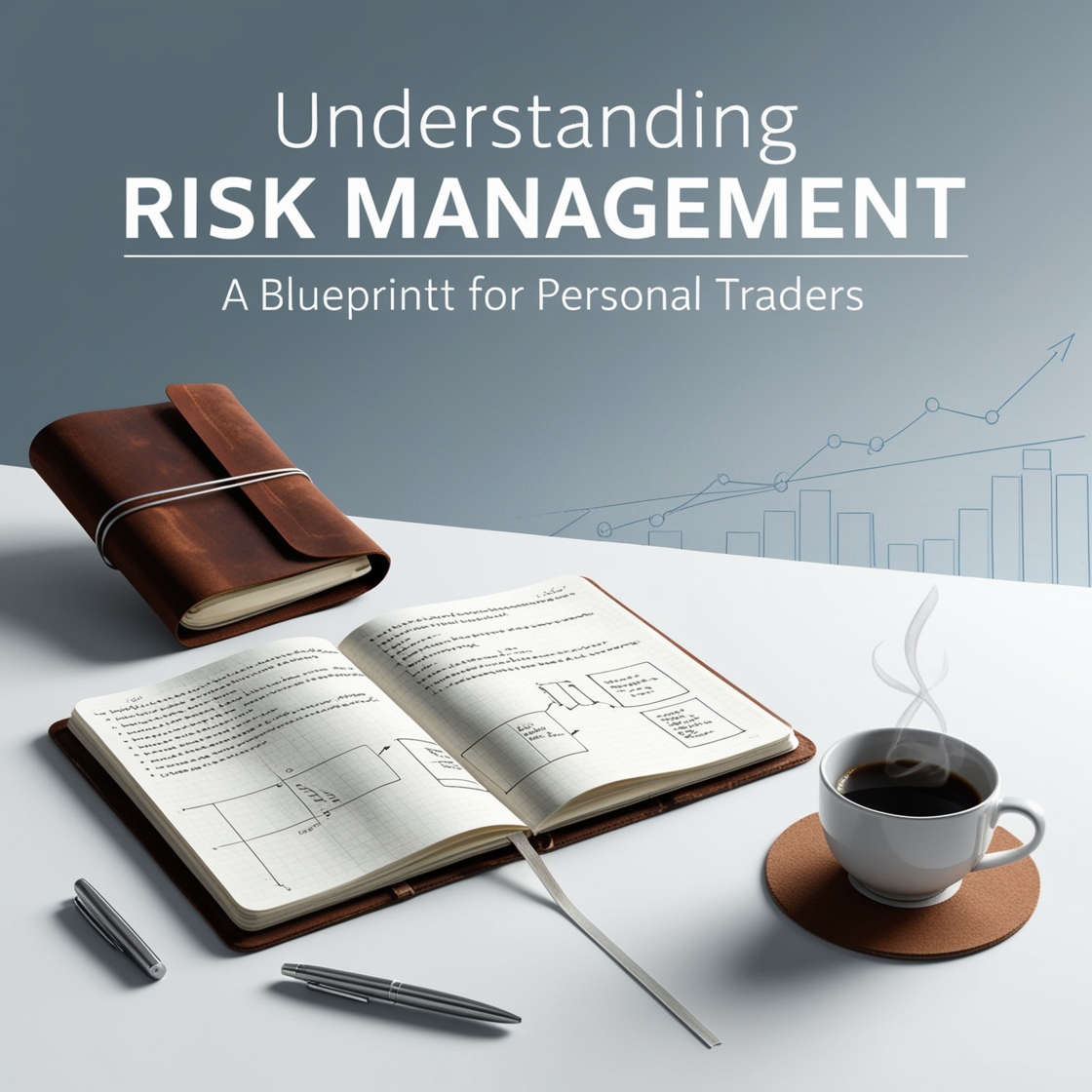Introduction
Trading can be thrilling, can’t it? The highs of hitting a profitable trade and the lows of an unexpected loss are what keep many traders hooked. But here’s the kicker—success in trading isn’t about luck. It’s about managing risks effectively. Risk management is the unsung hero of the trading world, providing the blueprint for sustainable success. Let’s dive in and uncover the essentials.
The Fundamentals of Risk Management
Definition of Risk Management
Risk management involves identifying, assessing, and mitigating the potential downsides of trading activities. It’s like wearing a seatbelt while driving—essential for protection.
The Role of Risk in Financial Markets
Every trade carries a degree of uncertainty. Markets fluctuate due to factors like economic reports, geopolitical events, or even market sentiment. Understanding these risks is the first step to controlling them.
Key Benefits of Proper Risk Management
- Minimizes Losses: Helps you cap potential losses.
- Protects Capital: Ensures you live to trade another day.
- Boosts Confidence: You trade with a clear plan, not on a whim.
Identifying Risks in Personal Trading
Market Volatility and Its Impact
Ever seen a stock jump 10% in minutes? Market volatility can be your friend or foe, depending on your risk strategy.
Emotional Biases in Decision-Making
Fear of missing out (FOMO) and panic selling are classic mistakes. Emotional decisions often lead to poor trades.
The Risk of Overleveraging
Leverage amplifies gains but also magnifies losses. Many traders blow up their accounts by overleveraging.
Building a Risk Management Plan
Establishing Clear Goals
What’s your endgame? Define whether you’re trading for short-term profits or long-term growth.
Determining Your Risk Tolerance
How much are you comfortable losing on a single trade? Your tolerance shapes your strategy.
Allocating Capital Wisely
Never put all your eggs in one basket. Divide your capital across trades and asset classes.
Strategies for Effective Risk Management
Diversification as a Tool for Risk Mitigation
Investing in different assets minimizes the impact of a single loss. It’s like having multiple safety nets.
Setting Stop-Loss and Take-Profit Levels
Stop-loss orders limit your downside, while take-profit orders lock in gains. Together, they keep your trades balanced.
The 1% Rule for Risk Control
Never risk more than 1% of your trading capital on a single trade. It’s a golden rule for staying afloat.
Tools and Techniques for Risk Assessment
Using Risk-Reward Ratios
A risk-reward ratio of 1:3 means you’re risking $1 to potentially make $3. Always aim for favorable ratios.
Understanding and Utilizing Technical Indicators
Indicators like RSI, Bollinger Bands, and moving averages can help you gauge market conditions.
Employing Position Sizing Calculators
These tools help determine the ideal trade size based on your risk tolerance and capital.
Emotional Discipline in Risk Management
The Psychology of Loss Aversion
Losses feel twice as painful as gains feel rewarding. Recognizing this can help you stay rational.
How to Maintain Objectivity in Trading
Stick to your plan, no matter how tempting it is to deviate.
Avoiding Revenge Trading
Chasing losses often leads to bigger losses. Take a break instead.
Adapting Risk Management to Different Markets
Forex Risk Management
Focus on position sizing and use leverage cautiously in this highly liquid market.
Stock Market Risk Strategies
Understand company fundamentals and broader economic factors before trading stocks.
Managing Risk in Cryptocurrency Trading
Given the volatility, ensure tight stop-loss levels and smaller position sizes.
Learning from Mistakes
Common Risk Management Errors
- Ignoring stop-losses
- Overtrading
- Trading without a plan
The Role of Post-Trade Analysis
Reviewing trades helps you understand what went wrong and how to improve.
How to Improve with Each Trade
Treat every mistake as a learning opportunity.
The Role of Technology in Risk Management
Utilizing Trading Software for Risk Control
Platforms like MetaTrader and TradingView offer tools to automate and monitor risks.
Automated Trading Systems and Algorithms
Bots can execute trades based on predefined risk parameters, removing human error.
Leveraging AI for Smarter Trading
AI analyzes massive data sets to identify patterns and minimize risks.
Long-Term Risk Management for Sustainability
Developing a Resilient Mindset
Stay calm under pressure. Trading is a marathon, not a sprint.
The Importance of Continuous Education
Markets evolve, and so should you. Stay updated with the latest strategies.
Staying Updated with Market Trends
Follow financial news and market indicators to make informed decisions.
Case Studies of Successful Traders
Learning from the pros is invaluable. Take, for example, traders who consistently apply the 1% rule or diversify portfolios. Their disciplined approach showcases how risk management leads to success.
Conclusion
Risk management is your safety net in the unpredictable world of trading. By developing a solid blueprint, you can trade confidently and sustainably. Remember, it’s not about avoiding risks but managing them wisely. Start small, stay disciplined, and watch your trading journey flourish.
FAQs
- What is the 1% rule in trading risk management?
It means risking no more than 1% of your total trading capital on a single trade to avoid catastrophic losses. - How can personal traders avoid emotional trading mistakes?
Stick to a trading plan, use stop-loss orders, and take breaks when needed. - Why is diversification important in managing risk?
Diversification spreads risk across assets, reducing the impact of a single bad trade. - What tools are essential for risk assessment?
Risk-reward ratios, technical indicators, and position sizing calculators are critical. - How can new traders start implementing risk management effectively?
Begin with a small account, use stop-losses, and never trade without a clear plan.
